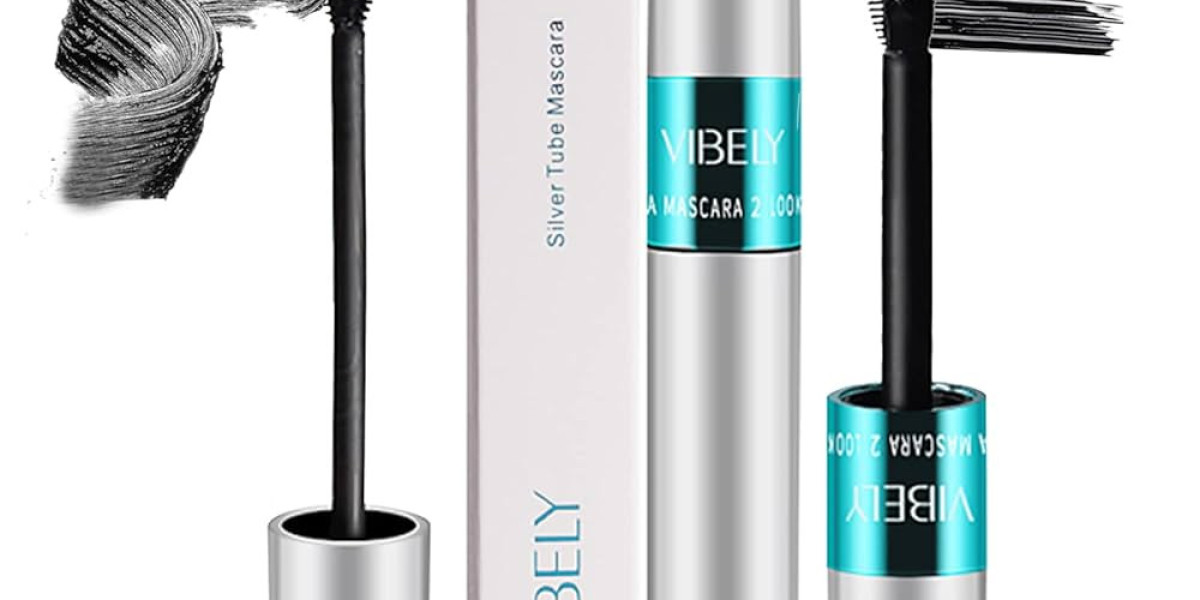Addressing Sustainability and Regulatory Shifts.
Pharmaceutical glass, long considered the gold standard for drug packaging due to its inertness and barrier properties, is now facing increasing scrutiny from two critical angles: sustainability and evolving regulatory landscapes. The industry is under pressure to adopt more environmentally responsible practices while simultaneously navigating increasingly stringent regulations aimed at ensuring product quality and patient safety. Addressing these challenges is not just an ethical imperative but also a crucial factor in the long-term viability and reputation of pharmaceutical companies and their packaging suppliers.
Sustainability concerns surrounding pharmaceutical glass primarily revolve around its energy-intensive manufacturing process and its end-of-life management. While glass is inherently recyclable, the recycling rates for pharmaceutical glass are often lower compared to container glass due to factors like contamination and the small size of vials and ampoules. The industry is therefore exploring various avenues to enhance its sustainability profile. This includes investing in more energy-efficient manufacturing technologies, reducing material usage through lightweighting initiatives without compromising container integrity, and exploring innovative recycling programs specifically tailored to pharmaceutical glass. Furthermore, research into alternative sustainable materials that can meet the stringent requirements of pharmaceutical packaging is gaining momentum, although finding materials that match glass's inertness and barrier properties remains a significant challenge. The pressure from environmentally conscious consumers and increasingly stringent environmental regulations is are key driver for these changes.
Simultaneously, the pharmaceutical industry is grappling with evolving regulatory shifts that have significant implications for glass packaging. Regulatory bodies worldwide are placing increasing emphasis on minimizing the risk of drug-container interactions and ensuring the quality and integrity of pharmaceutical products throughout their shelf life. This translates to stricter requirements for extractables and leachables testing, demanding even higher levels of inertness from glass packaging. The United States Pharmacopeia (USP) and the European Pharmacopoeia (EP) are continuously updating their guidelines, requiring more sensitive analytical methods and lower permissible limits for substances that can migrate from the glass into the drug product. Compliance with these evolving regulations necessitates significant investment in advanced glass formulations, sophisticated manufacturing processes, and rigorous quality control measures.
Furthermore, the increasing complexity of drug formulations, particularly the rise of sensitive biologics and personalized medicines, is driving regulatory scrutiny of packaging materials. These advanced therapies often require even more inert and protective packaging solutions to maintain their stability and efficacy. Regulatory agencies are paying close attention to the compatibility of these drugs with their packaging, requiring comprehensive studies to demonstrate the absence of harmful interactions over the product's shelf life.
The need for enhanced traceability and serialization throughout the pharmaceutical supply chain is also impacting glass packaging. Regulations aimed at combating counterfeit drugs and ensuring product integrity often require unique identifiers on individual containers. This necessitates the integration of technologies like laser etching or specialized labeling that can withstand the rigors of the supply chain without compromising the integrity of the glass packaging.
Addressing these dual challenges of sustainability and regulatory shifts requires a collaborative effort across the pharmaceutical industry, glass manufacturers, and regulatory bodies. Innovation in glass technology, coupled with a commitment to sustainable practices and proactive engagement with evolving regulations, will be crucial for ensuring that pharmaceutical glass continues to be a safe, reliable, and environmentally responsible packaging solution for the future. The scrutiny being placed on pharmaceutical glass is not a threat but rather an opportunity to drive innovation and ensure the highest standards of quality and sustainability in the service of patient health.








